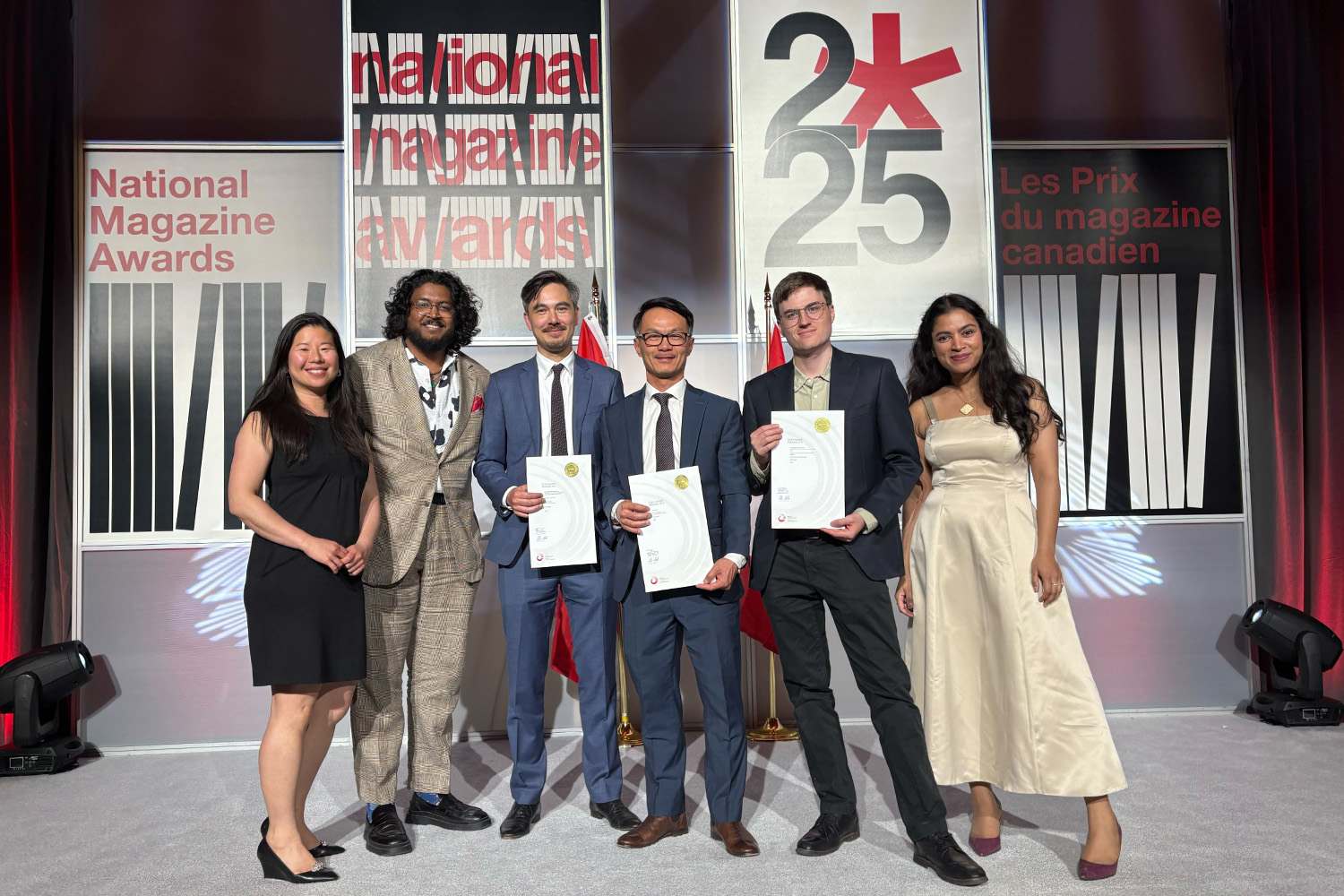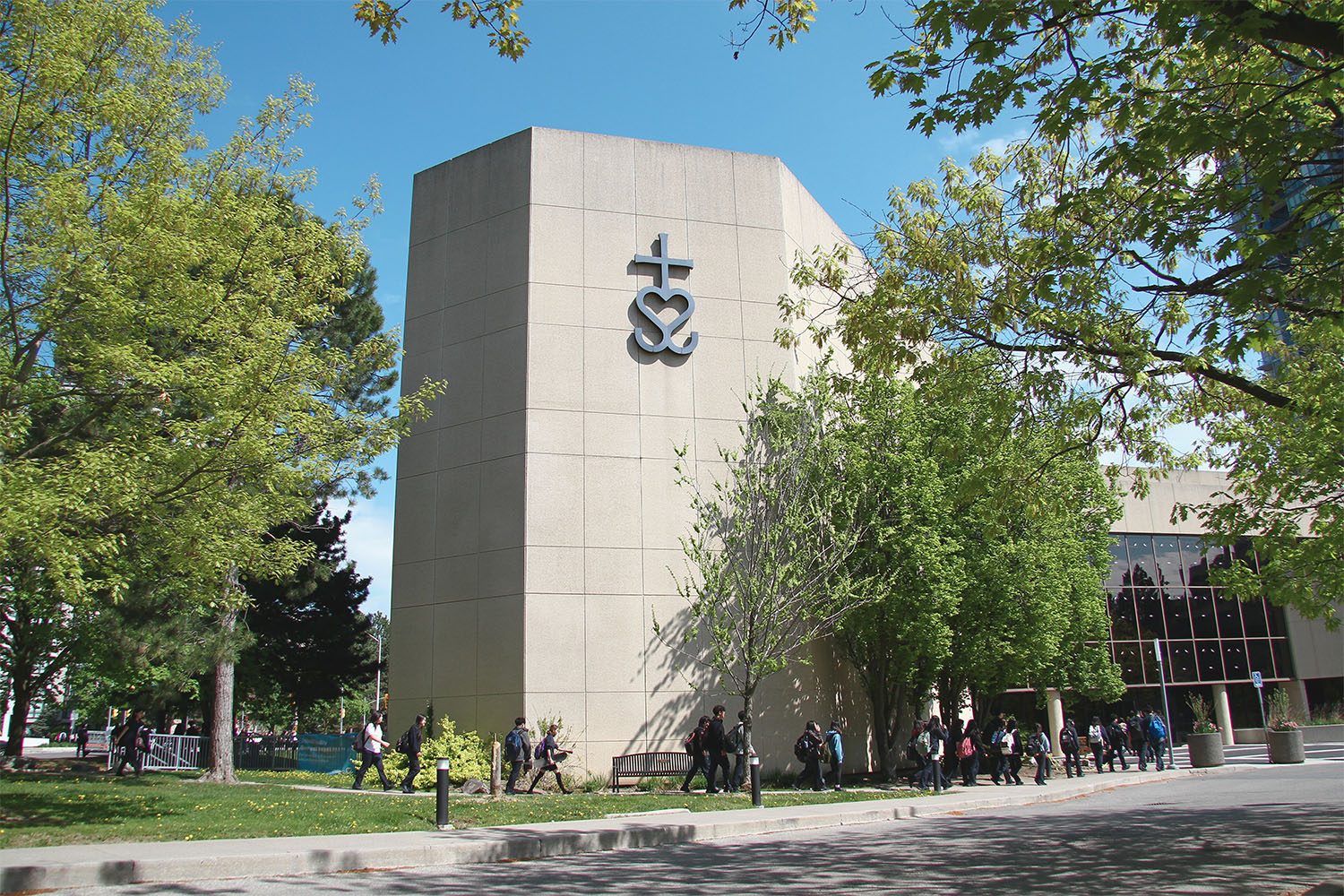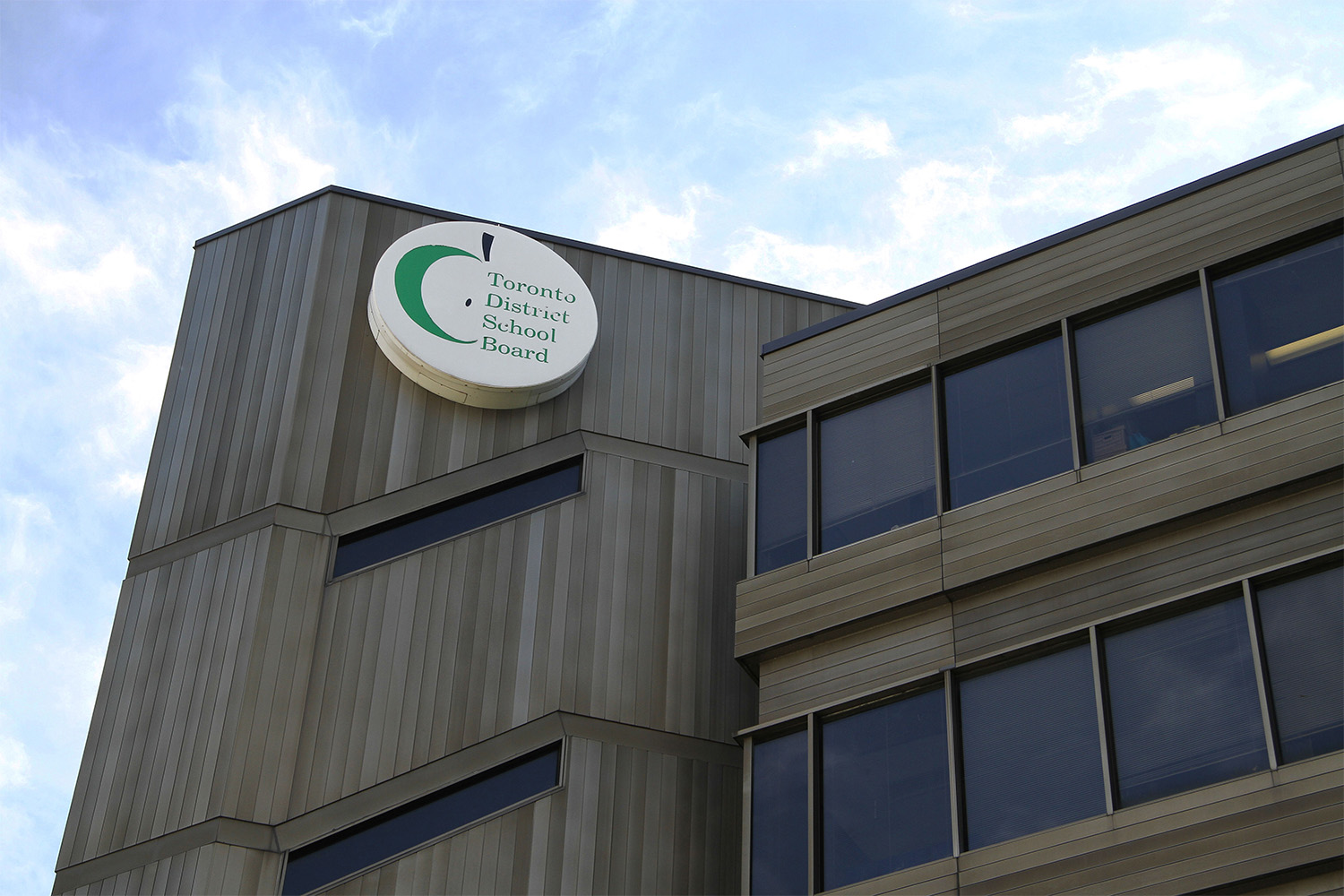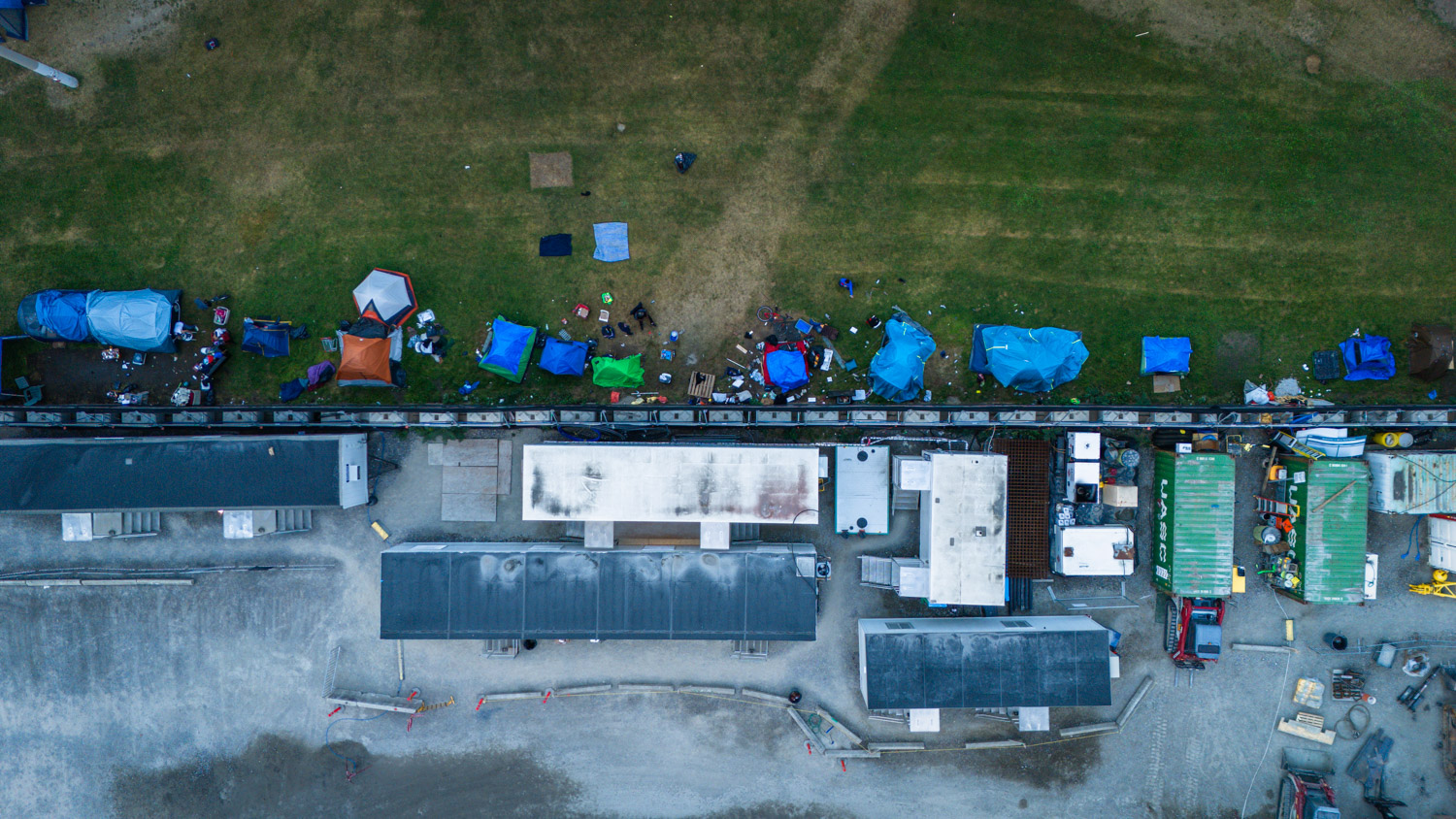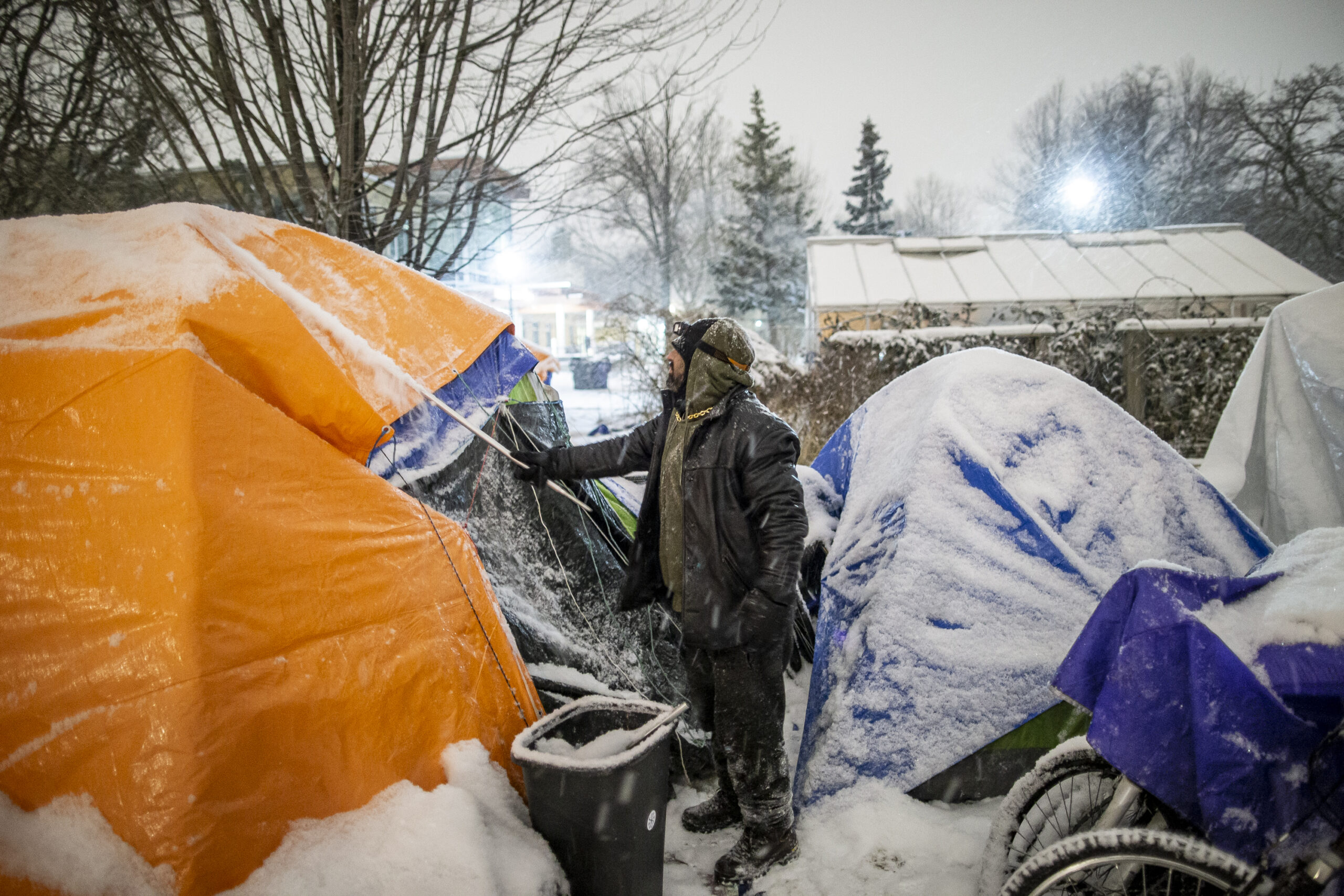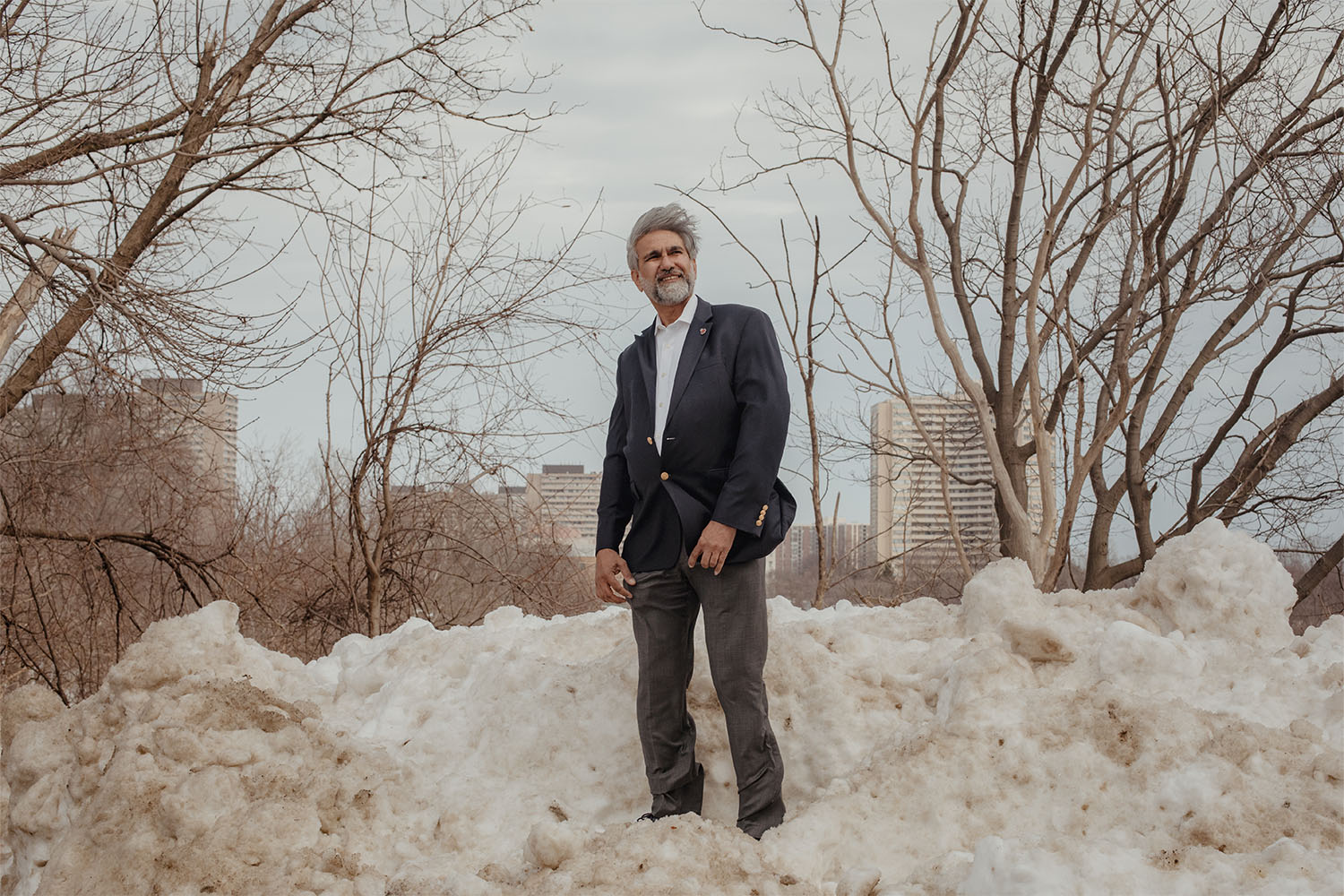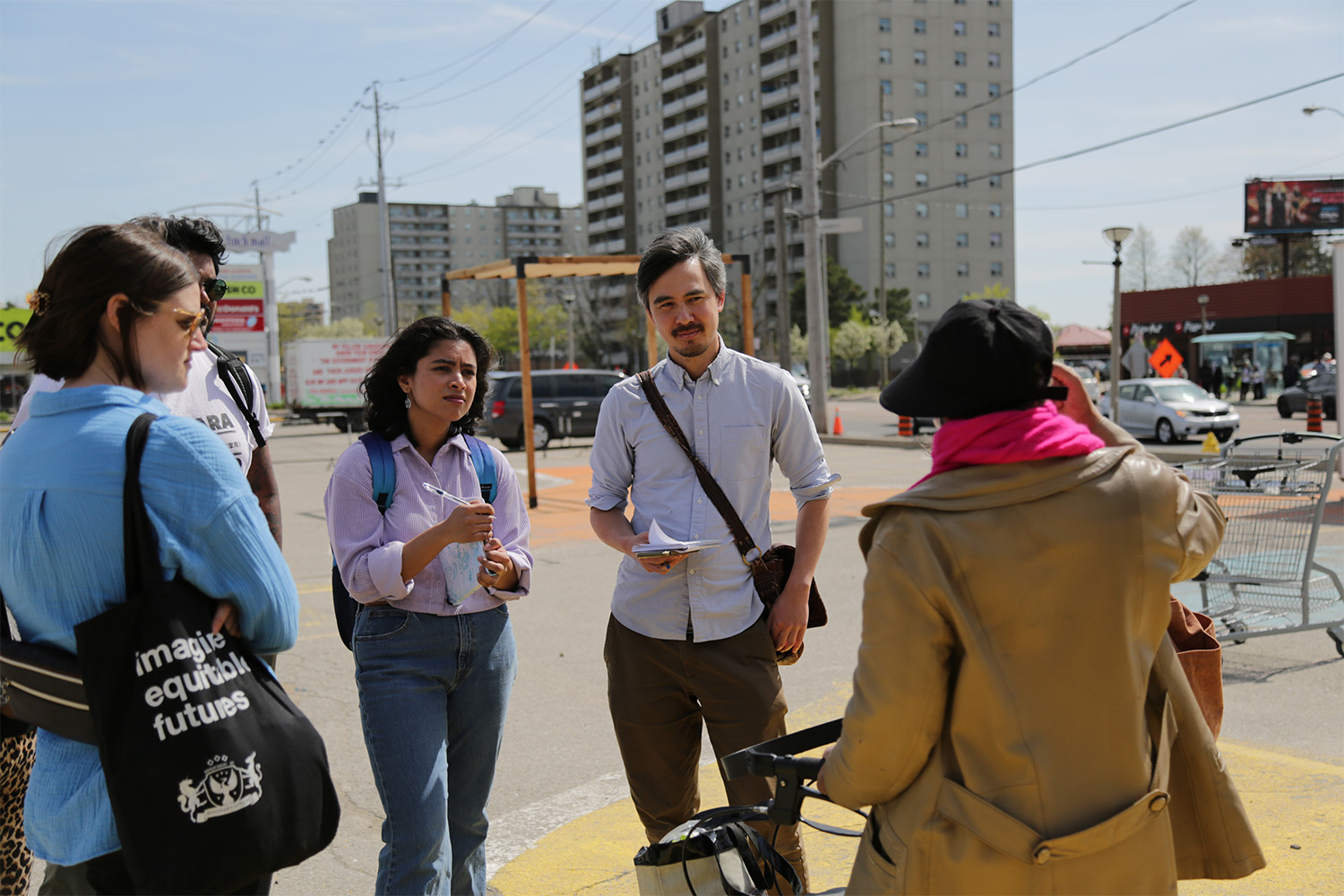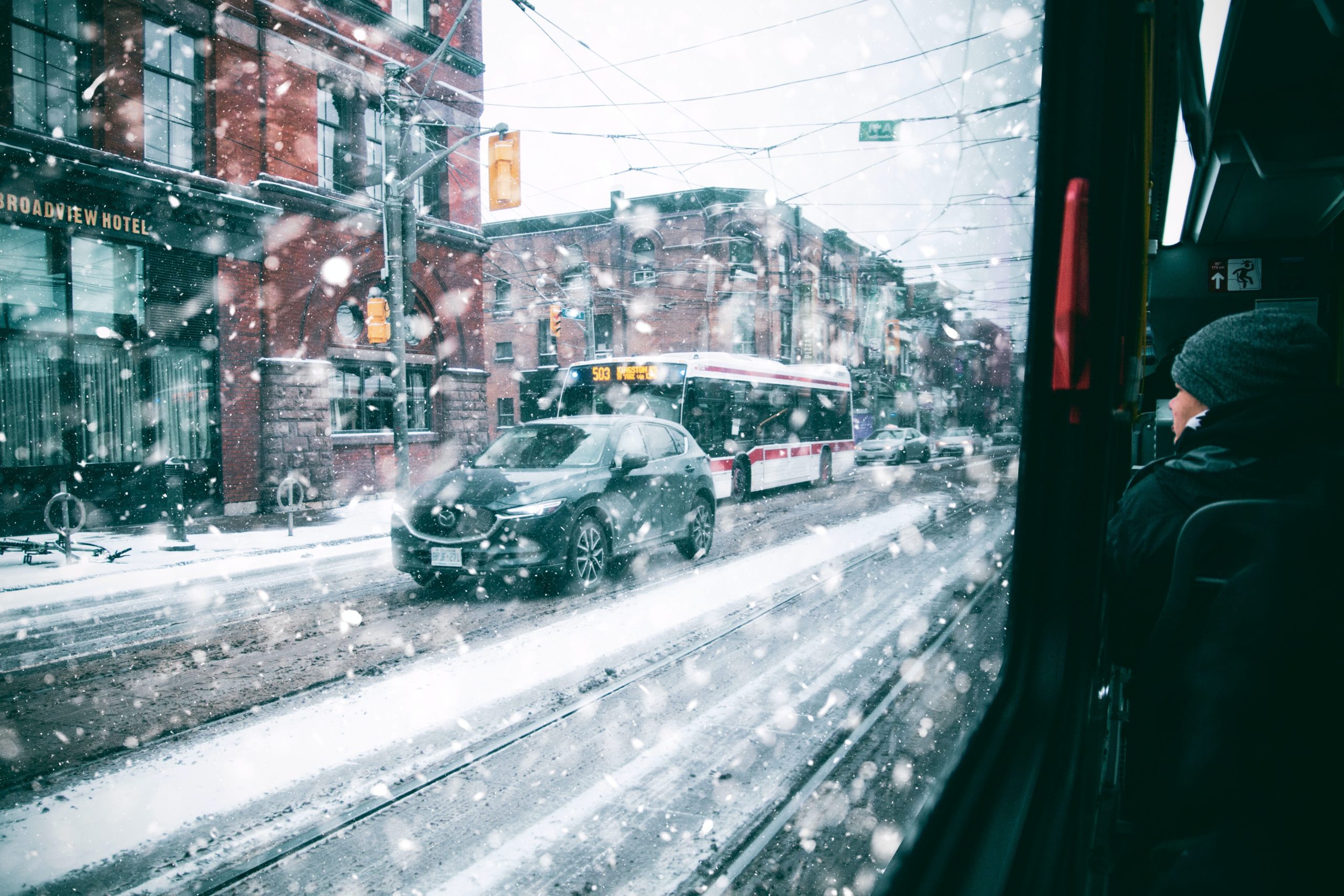
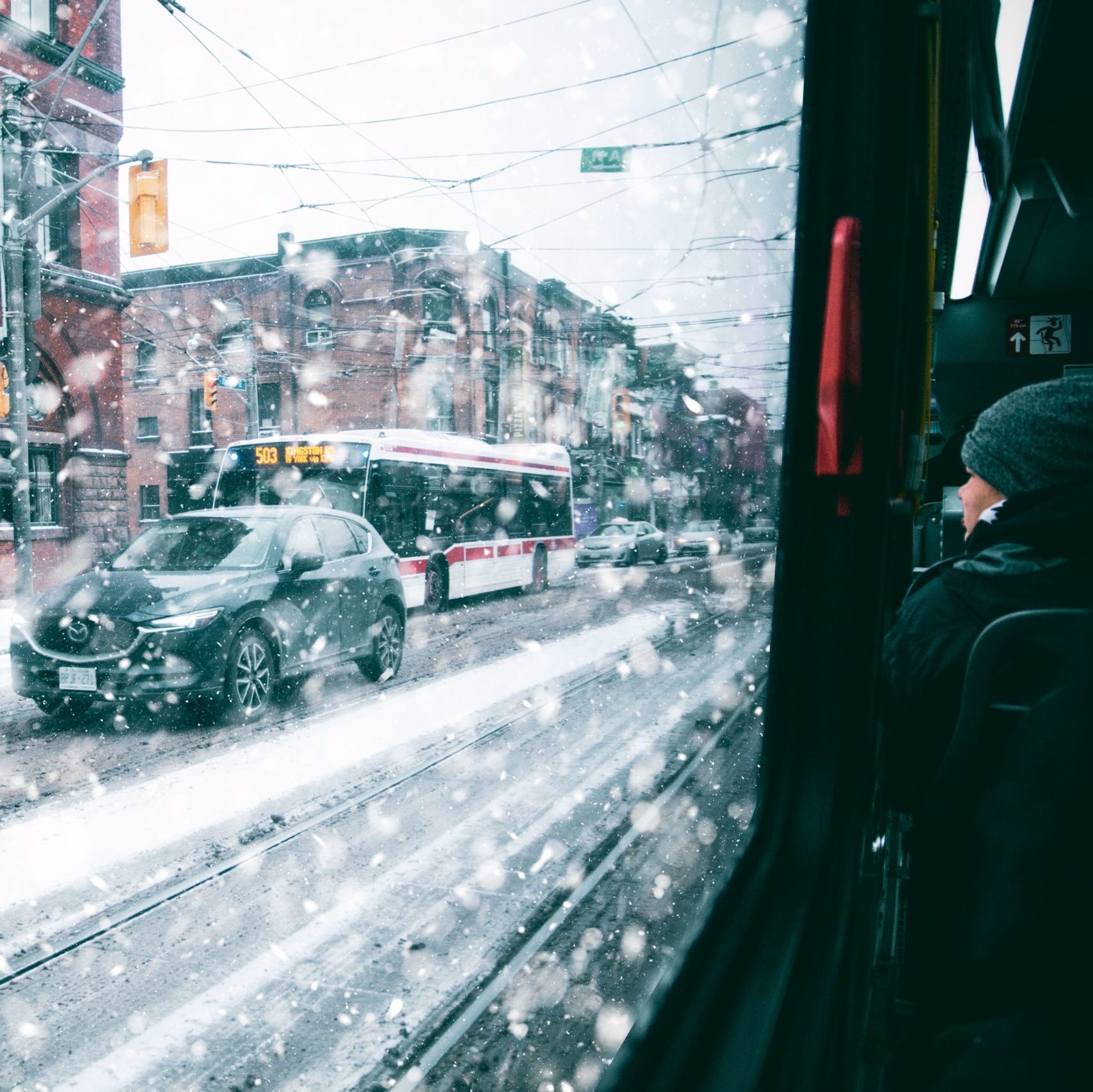
Friends, readers, newsletter subscribers, we’re at the end of another long, eventful year in Toronto. We’ve had a provincial election, a municipal election, and an ongoing pandemic. Hospitals have teetered on the brink of collapse, schools have opened and closed and threatened to strike, sinkholes (literal ones) have opened up across the city, and much more. For us at The Local, it’s been a year of big changes too. With 2022 winding down and everyone in a reflective mood, let’s gather together around the fireside (the Local Slack channel), and take stock of the year that was.
Nicholas Hune-Brown, Senior Editor:
Tai, Craig, Inori, we published 50 stories this year and created tools to track everything from COVID infections to school trustee candidates. What was the most memorable story of 2022 for you? Maybe it’s recency bias, but the story I can’t stop thinking about—even when I want to, even when I’m trying to ignore the shadow moving too quickly down the alley or the creak in the wall— is Alexandra Kimball’s disgusting and brilliant story about rats as symbols of all that is squalid and exuberant and human about cities. Horrible stuff, loved every line.
Craig Madho, Manager of Operations:
I think I’d have to go with our other RAT story (ha) and throw it back to the beginning of 2022 with the RAT Tracker, which we launched on January 1. Our interactive projects are always fun, but the RAT tracker was memorable to me for two reasons. First, it was a quick response to a growing need, which was providing parents with enough information so they could safely send their children back to school. Second, it was a project that ultimately failed to hit the mark. I strongly believe that there is a lot to learn from projects that don’t accomplish their main objective. The RAT Tracker was a big, ambitious, and fun data project. I’m happy we tried, and I’m even happier we talked about why it didn’t go as planned.
Inori Roy, Associate Editor:
Speaking of trackers, I have to give a shoutout to the election issue’s Candidate Tracker. It was a massive, unprecedented, ambitious project, and every ounce of effort we put into it was worth it. The issue had nearly 400,000 page views. Looking at the number of unique users from Toronto, we estimate every one in five Torontonians who voted used the tracker. And the fact that we were able to set strong fact-checking standards and hold candidates to account meant a lot to me, in a landscape where it can be hard to parse truth from campaign material. Plus, we got to work with some of the sharpest and nicest young journalists in the field, and I’m so grateful that everyone we worked with went above and beyond.
Tai Huynh, Editor-in-Chief and Publisher:
Of course, Inori’s too humble to say this, but I will. Her Vision Zero story really changed our understanding of how Toronto’s road safety strategy is failing the suburbs, revealing that downtown city councillors were far more active in pushing for speed bumps, radar, and other speed-reducing measures than their suburban counterparts, where such measures are needed most. What’s most impressive, which readers might not pick up on, is how the data was painstakingly assembled. I think my jaw dropped in the meeting where Inori walked me through her data—not just because of what it showed, but also because of how massive and detailed those spreadsheets were. She’d literally combed through hundreds of council meeting records between 2018-22 and manually coded each instance of a road safety measure being advocated for. It was elegant, and insane at the same time, and it’s not surprising that no one else had done it before.
NHB:
OK, now that we’re in the “embarrassing Inori” section of this, the biggest change at The Local this year was bringing our former-fellow-turned-beloved-freelancer on as a full-time member of the team. Of the many stories Inori took on this year, the one that sticks with me most is her recent report from York Memo. The story at that troubled high-school was well documented, with increasingly outrageous news reports emerging with quotes from anonymous teachers and not a single word from the students. Inori took the opposite tack, debunking some of the most outrageous claims and focusing on the people who should have been at the centre of the story the whole time. But Inori, ignore this awkward praise, what’s the most memorable story you worked on this year as an editor?
IR:
Ha, thanks guys, it’s truly been a privilege to get to do these stories. I think my favourite of the stories I edited this year—if an editor is allowed to pick favourites—was from our fellow Jason Herterich. His story about the TTC’s systemic erosion of the city’s paratransit system, Wheel-Trans, was a combination of heartbreaking insights from Wheel-Trans users and incredibly detailed reporting about the way the system operates and how it’s been cut down. Jason combed through TTC plans and financial records, spoke to every expert you can imagine, chased down comment from the TTC and held them to account. He told a story that the media has known about for years but never taken the time to seriously report on, which I think is exactly what The Local‘s fellowship tries to foster. It was a really exciting full-circle moment, as a former fellow myself, to get to see that work unfold.
NHB:
OK, lightning round. What’s a favourite piece from the last year that readers might have missed? I’ll mention two. Graham Isador’s personal essay, “How I Went Broke Succeeding in Theatre,” is the best story about this city’s failing arts industry I read this year. And Radiyah Chowdhury’s story about Malvern Mall— “the greatest mall in the world”—is both an insane take and a beautiful love letter to a dying local institution.
IR:
I keep coming back to Emma Healey’s “Love, COVID, and Other Risks.” It was just a deeply moving, vulnerable story about loving someone who is immunocompromised during a pandemic. Emma’s writing is stunning, always, and I’m in awe of (and grateful for!) how she brought us into her and her partner’s world with such ease and openness.
TH:
The most memorable for me as an editor was the collection of stories we did with our friends at The Narwhal. It was a lot of fun editing each other’s work, and the topic—climate change in Toronto—was perfectly suited for that kind of partnership between our two outlets. The collaboration didn’t end there; we ended up moving into the same building in November, so there’s been plenty of World Cup watching and lunch-hour hangouts which has been really nice.
NHB:
Yes, we did indeed move into our first ever office last month (continuing to buck all trends as the rest of the world goes virtual). Craig, master of cheap and stylish office furnishings, what was your best Facebook Marketplace find? And what was the worst item to carry up four flights of stairs?
CM:
By far I think our best Facebook Marketplace find was the two gorgeous antique pieces we got, one sofa and one chair, for $100 flat.
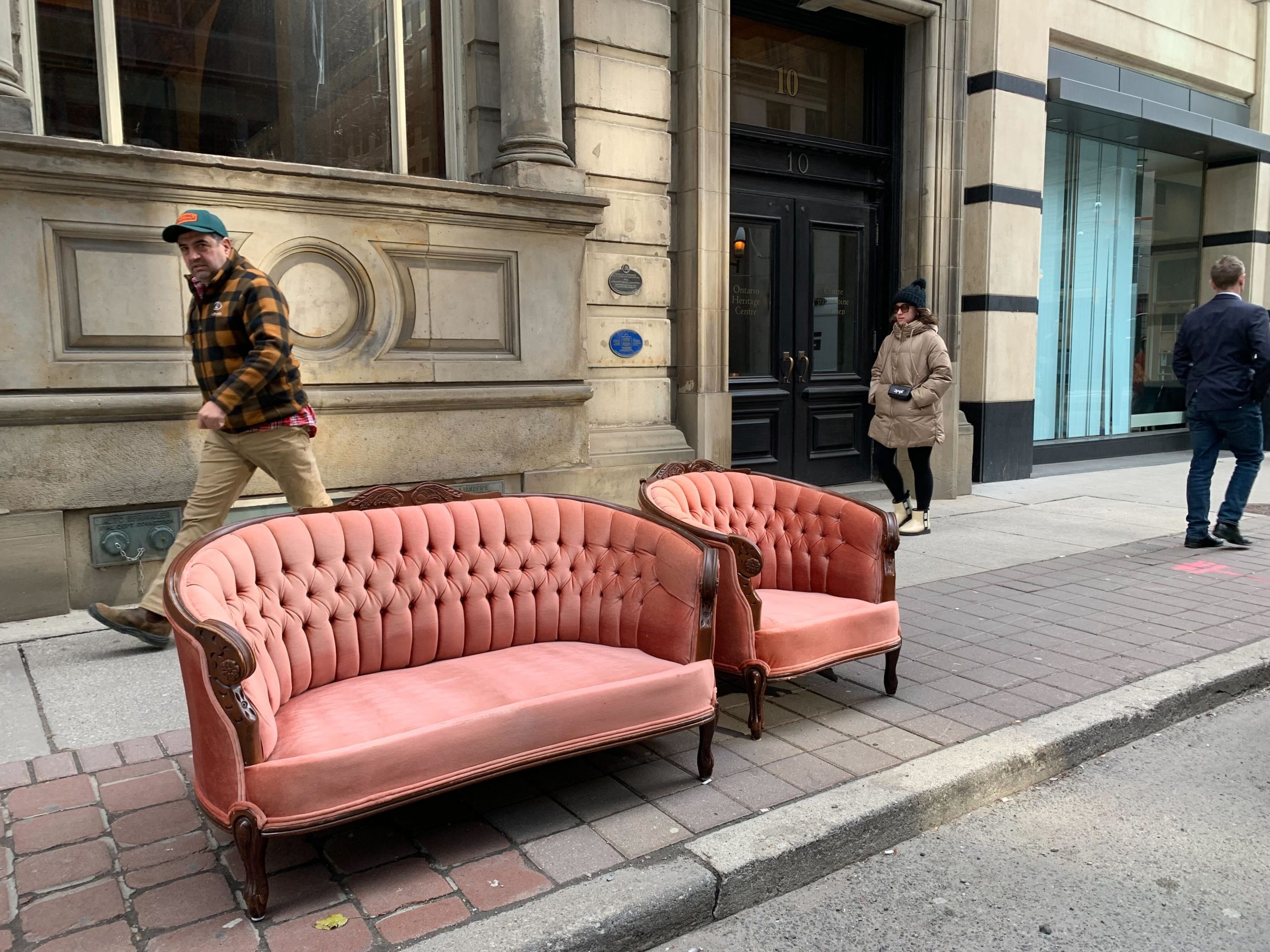
CM:
In terms of carrying up the stairs, it’s a close call between the $33 giant dining room table and the small tree that we got for free from the office that was shutting down. It’s not always about weight, but about being able to deftly navigate the tight corners of the marble staircase without killing the thing you’re carrying.
NHB:
That seems like a suitable note to end on. Thriftiness, determination, trying not to kill the thing you’re carrying—it’s the world of independent publishing in 2022. Tai, any last words?
TH:
Local journalism is a fragile thing, there’s no doubt about that. At the same time, there’s nothing more rewarding than seeing the stories we publish make a positive impact on Toronto’s communities. I want to give a huge shoutout to all the wonderful writers, illustrators, and photographers who brought such beautiful storytelling and vital reporting to The Local. And to the Local community who read our stories, shared our work, donated to us, and told us that they too believe that local journalism matters—thank you! Happy Holidays and see you in 2023.

